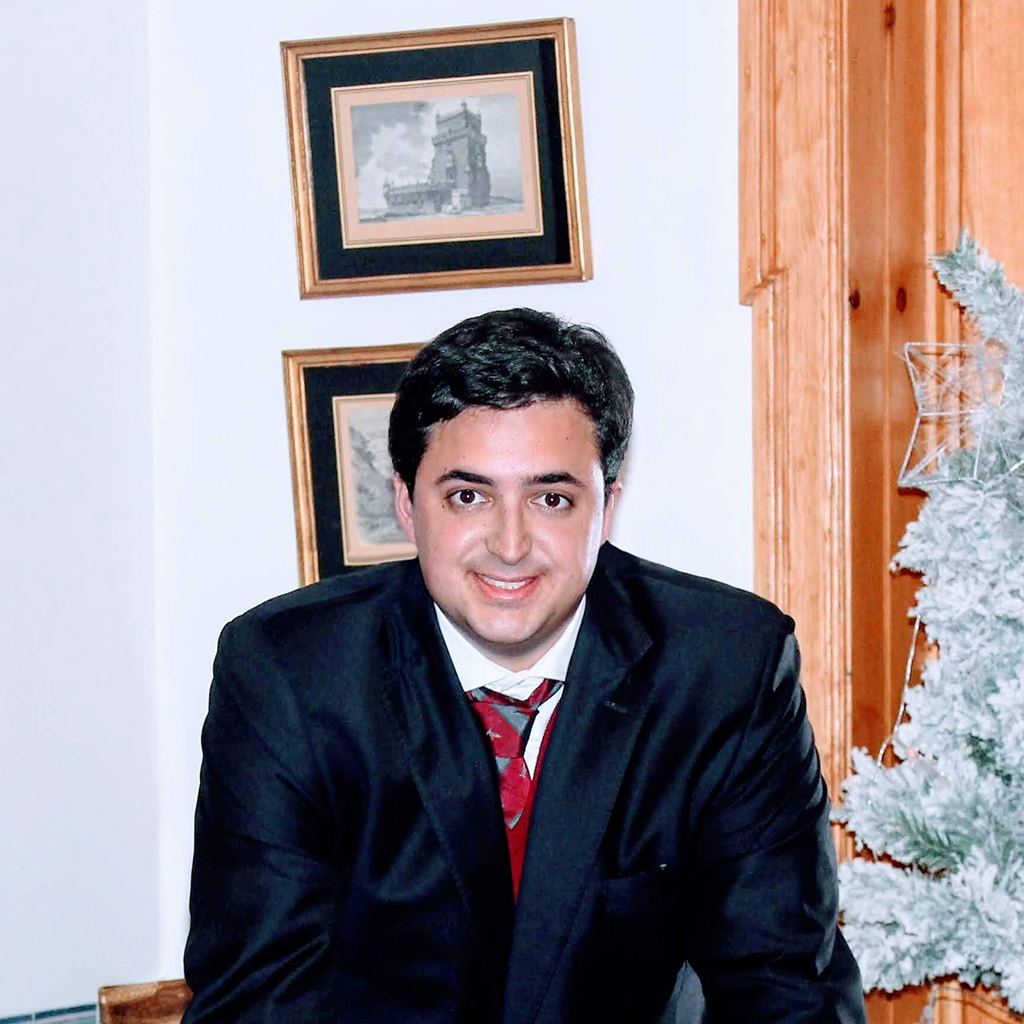MIA-BREAST
Multiple Instance Attention Learning for Multimodal Classification and Detection for Breast Cancer Diagnosis
Summary
This project focuses on improving the analysis of breast cancer images, vital for detecting and treating breast cancer in women. We want to help radiologists by providing a computer system that can assist in two main tasks: classifying images and outlining the areas of concern. The first task involves giving a score to the image, while the second task requires marking the specific areas of potential cancer. We are developing a system to learn from examples without detailed annotations to achieve this. This means we can use more readily available image-level labels instead of requiring specific annotations for each lesion. By doing this, we hope to make the diagnosis process faster and more accurate, potentially saving lives by aiding in the early detection of breast cancer. This research is essential for medical professionals and the broader community as it can improve the effectiveness and efficiency of breast cancer screening and diagnosis. In the future, this approach may have more general applications in other areas of medical imaging and help researchers develop better diagnostic tools for various diseases.
Start/End
01/04/2023 - 30/06/2026
Funding scheme
Fundação para a Ciência e Tecnologia
Project reference
2022.04485.PTDC
Partners
Hospital Professor Doutor Fernando Fonseca, EPE; Institute for Systems and Robotics (ISR-Lisboa)
Project website
HCI Subfields
Health; Specific Applications Areas

